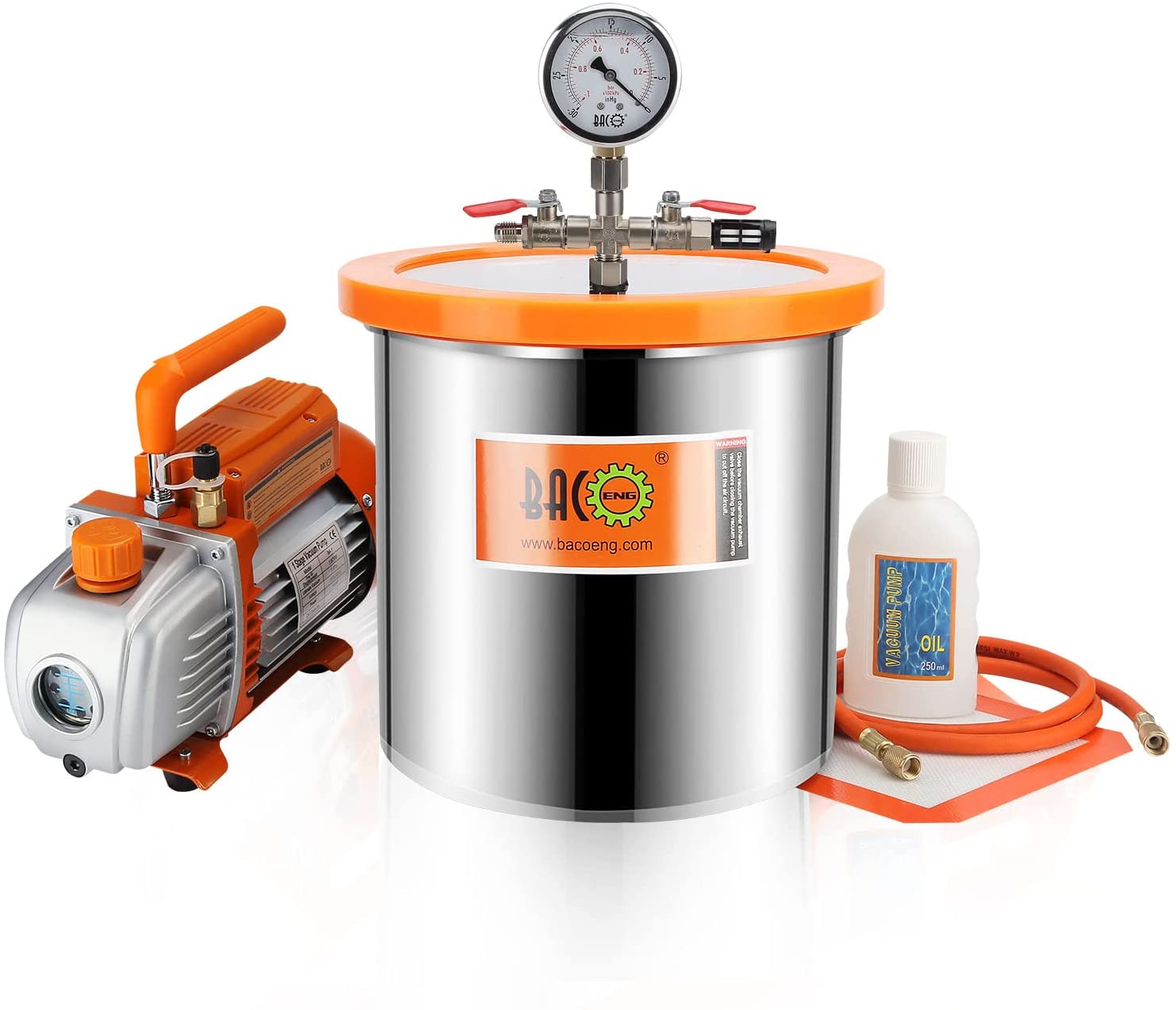Solvent-based vacuum extraction is a method of extracting THC (tetrahydrocannabinol) from cannabis plants using a solvent and a vacuum chamber. This process involves dissolving the THC in a solvent, applying the solution to the plant material, and then evaporating the solvent under vacuum to leave behind a concentrated THC extract. In this article, we will explore the process of solvent-based vacuum extraction and its advantages and disadvantages.
The Solvent-based Vacuum Extraction Process
To extract THC using the solvent-based vacuum extraction method, first, a suitable solvent such as butane, ethanol or CO2 is chosen, and the cannabis plant material is placed in a container. The solvent is then added to the container and mixed with the plant material, dissolving the THC and other cannabinoids. Next, the mixture is filtered to remove any impurities and then evaporated using a vacuum chamber to create a concentrated THC extract.
Advantages of Solvent-based Vacuum Extraction
One of the main advantages of solvent-based vacuum extraction is that it can produce a high yield of THC extract. The process is also relatively quick and efficient compared to other methods of THC extraction. Additionally, the use of solvents can help to extract a wide range of cannabinoids and terpenes from the plant material, resulting in a more complex and diverse extract.
Disadvantages of Solvent-based Vacuum Extraction
One of the main disadvantages of solvent-based vacuum extraction is that it can be dangerous if not done properly. The solvents used in the process are highly flammable and can pose a risk of explosion if not handled correctly. Additionally, the use of solvents can also leave behind residual chemicals in the final product if not properly purged.
Furthermore, solvent-based vacuum extraction can result in a lower quality extract if the process is not carefully controlled. The use of high heat or vacuum pressure can damage the THC and other beneficial compounds, resulting in a less potent and less effective extract.
Conclusion
Solvent-based vacuum extraction is a popular method for extracting THC from cannabis plants. It offers several advantages, including high yields and the ability to extract a range of cannabinoids and terpenes. However, the process can be dangerous if not done correctly, and the use of solvents can result in residual chemicals in the final product if not properly purged. Careful control of the process is essential to produce a high-quality extract that is potent and effective. As with any cannabis extraction method, it is important to weigh the benefits and risks and choose a method that best suits your needs and preferences.







